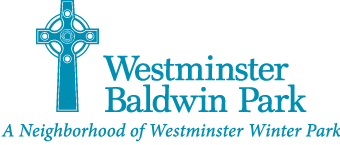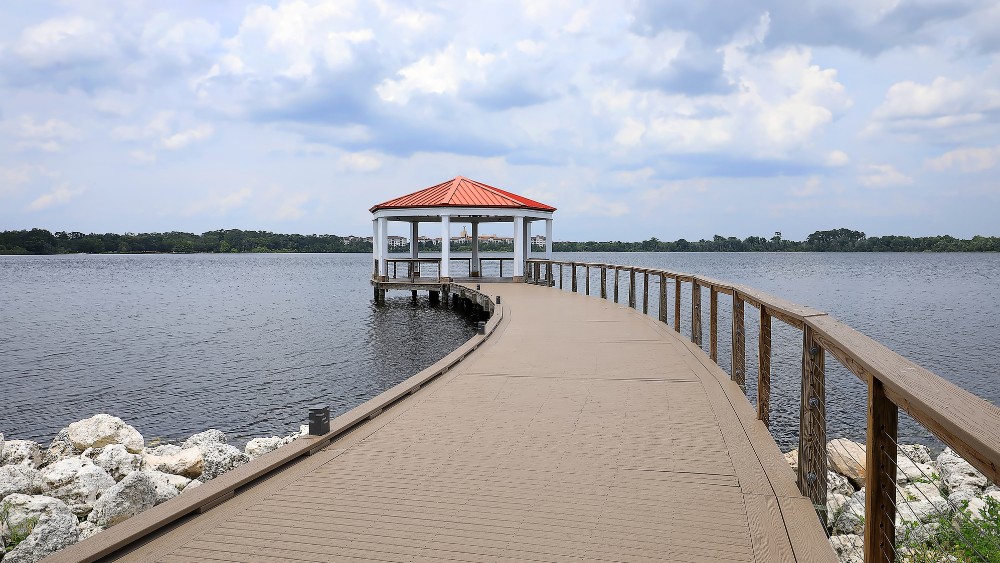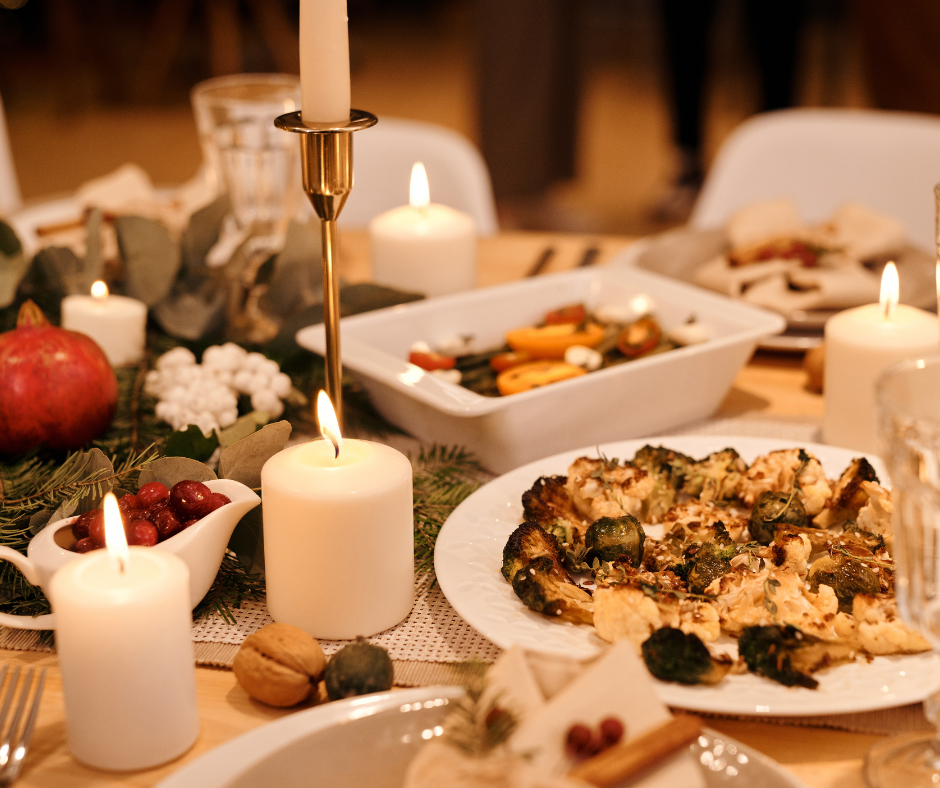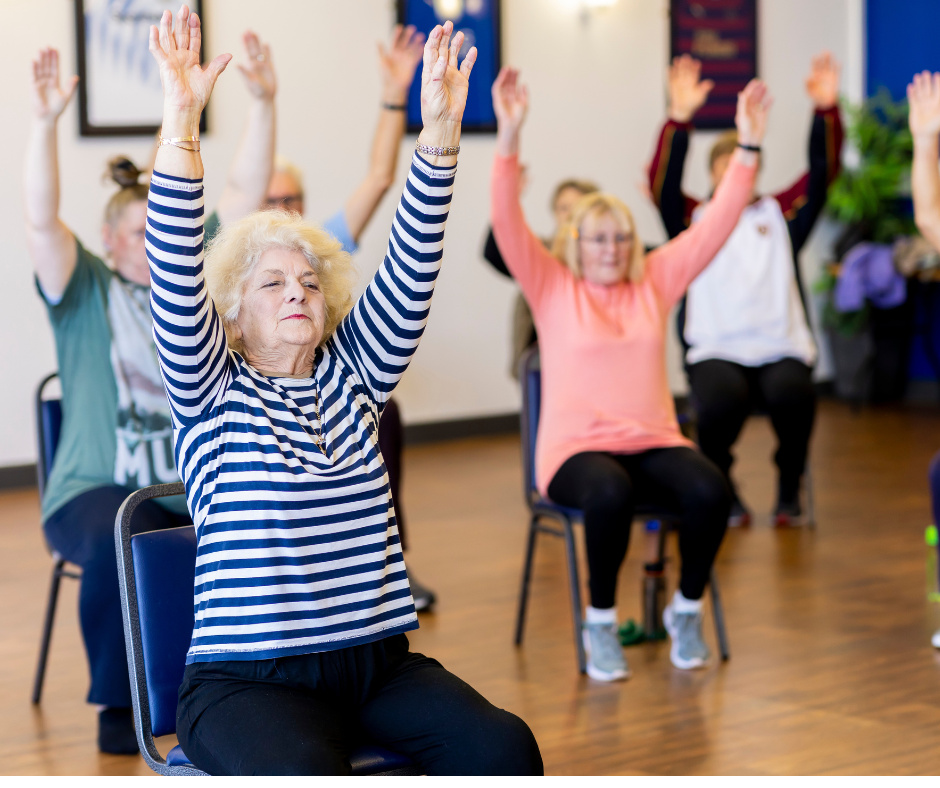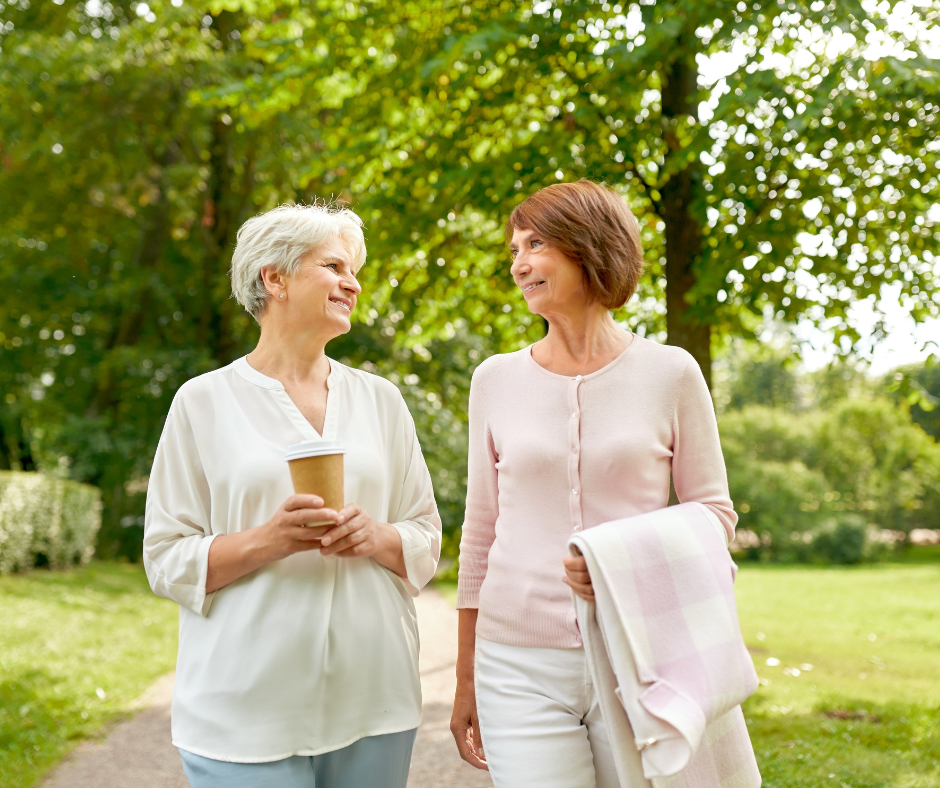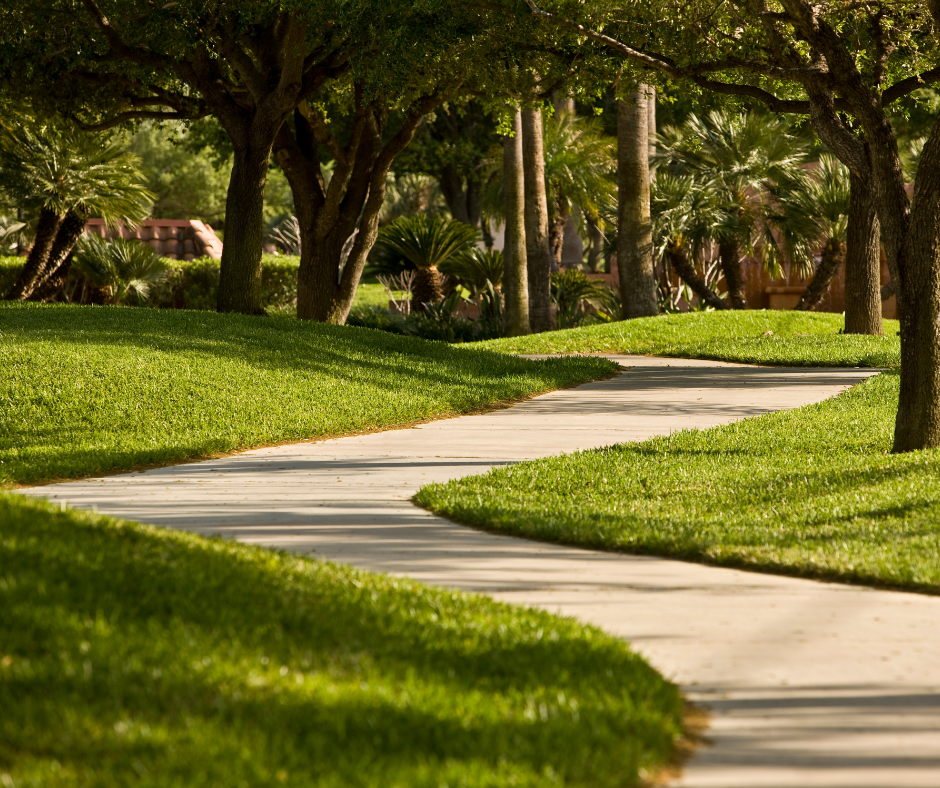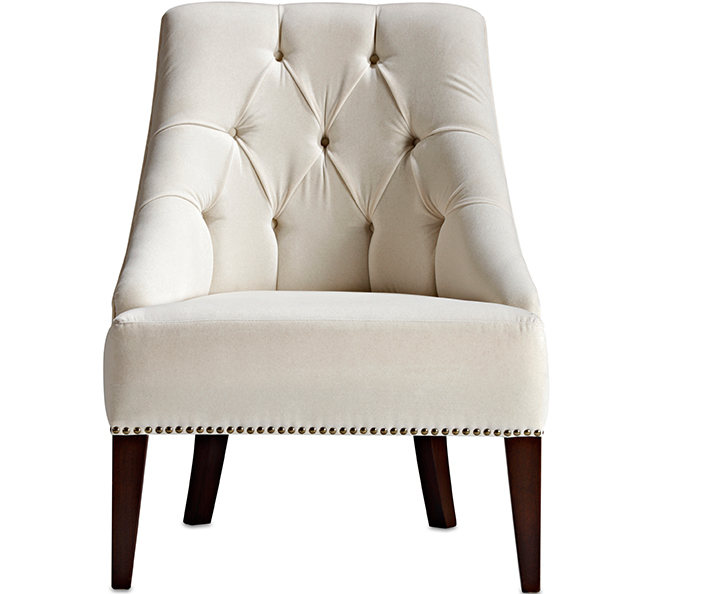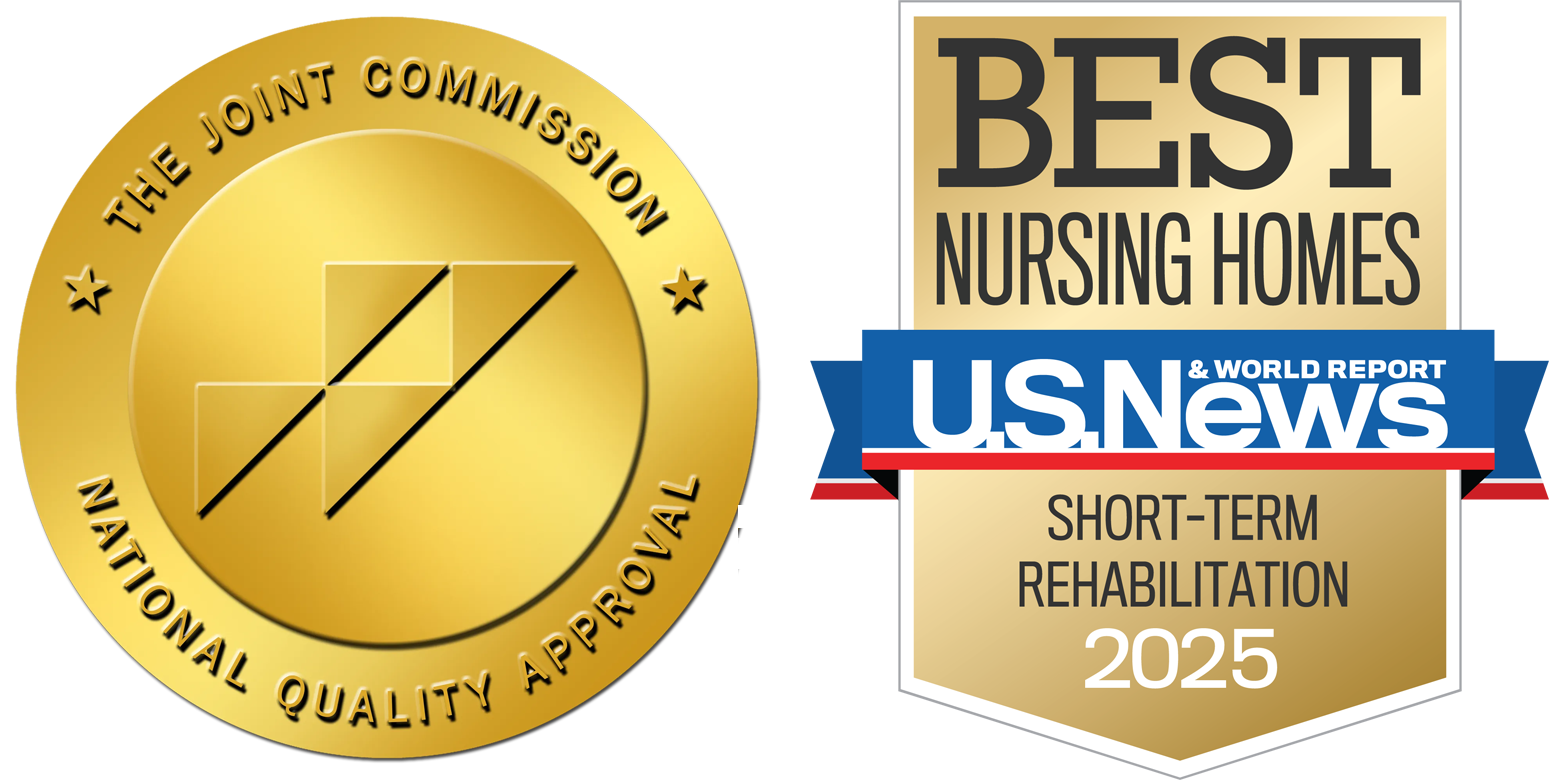You’ve probably heard the advice countless times: stay active as you age.
But let’s be honest. When your neighborhood lacks sidewalks, when shops are miles away, when crossing the street feels like a game of Frogger — regular activity becomes a challenge rather than a joy.
That’s what makes Baldwin Park different.
This isn’t just another pretty neighborhood. It’s a community deliberately designed for walkability — where getting your daily steps happens naturally as you go about your life.
The Power of Good Design
Baldwin Park wasn’t built by accident. Its pedestrian-friendly layout reflects careful planning that pays dividends for active seniors every single day.
Wide sidewalks line both sides of the streets. Crosswalks feature clear markings and, in many cases, islands midway for those who need a moment’s rest. Buildings sit close to walkways rather than being set far back behind vast parking lots.
These design choices might seem small, but they make walking not just possible but pleasant. When walking feels good, you do more of it.
Some days you’ll feel energetic enough for a full circuit around Lake Baldwin — roughly 2.5 miles of scenic pathways. Other days, perhaps just a short stroll to pick up your mail or grab a coffee. The beauty of Baldwin Park is that both options exist right outside your door.
Your Daily Rhythm, Naturally Active
Think about your typical day in a car-dependent community: you drive to errands, drive to restaurants, drive to friends’ homes, drive to exercise classes.
Now imagine a different rhythm: walking to the coffee shop while chatting with neighbors along the way. Walking to pick up groceries, carrying just what you need for a day or two. Walking to meet friends for lunch or to attend a community event.
This isn’t exercise for the sake of exercise. It’s natural movement woven into everyday living.
Seasonal Delights for Active Living
Spring in Baldwin Park brings special opportunities for outdoor activity. The mild temperatures before summer’s heat makes longer explorations particularly pleasant.
The community’s landscaping explodes with color as flowering trees and native plants bloom along walking routes. Bird activity increases, with migratory species joining year-round residents to create a symphony of song that accompanies your morning walks.
The events calendar fills with outdoor activities — from farmers markets to art shows to community picnics — all accessible by foot from your residence.
This connection with seasonal rhythms does more than just provide pleasant scenery. Research consistently shows that access to nature positively impacts both physical and mental health for seniors. The changing scenes throughout the year stimulate your mind while the varied terrain — gentle slopes, different textures underfoot — subtly challenges your balance and coordination.
Beyond Walking: Complete Active Living
While Baldwin Park’s walkability forms the foundation of active living, it’s just the beginning.
The community offers designated bike lanes for those who enjoy cycling. The lake provides opportunities for kayaking and paddleboarding — low-impact activities that build core strength and upper body endurance.
Community fitness programs take advantage of outdoor spaces during pleasant weather, from tai chi on the lakefront to yoga in the park. Even gardening opportunities exist for those who enjoy growing things but no longer want the responsibility of maintaining a large yard.
What makes these activities different at Westminster Baldwin Park is their accessibility. When recreation options exist within walking distance, you’re much more likely to participate regularly. No need to pack a bag, drive across town, find parking, and navigate an unfamiliar building. You simply walk out your door and join in.
Social Connection Through Activity
Perhaps the most overlooked benefit of Baldwin Park’s walkable design is how it facilitates social connections.
When you regularly walk the same routes, you develop a network of casual acquaintances who gradually become friends. The neighbor walking her terrier, the gentleman who tends the community garden, the early risers who gather for lakeside coffee — these repeated encounters build community naturally.
Group activities form organically too. Walking groups gather by word of mouth. Neighbors discover shared interests during casual encounters that lead to regular meetups. Even something as simple as seeing the same people at the local café creates a sense of belonging.
These connections matter deeply. Research shows that social integration significantly impacts health outcomes for seniors, with isolated individuals facing higher risks across numerous health metrics. But in environments designed for interaction, relationships develop naturally rather than requiring formal programs.
Independence Through Accessibility
For many seniors, maintaining independence ranks among their highest priorities. Baldwin Park’s design supports this independence beautifully.
When daily needs lie within walking distance, you rely less on others for transportation. When sidewalks accommodate mobility aids, you navigate confidently even as your needs change. When community spaces welcome people of all abilities, you remain engaged regardless of physical limitations.
This accessibility creates freedom. The freedom to maintain your routine despite changing circumstances. The freedom to participate in community life on your own terms. The freedom to shape your days according to your preferences rather than transportation constraints.
As you consider your options for independent living, think about how profoundly your environment shapes your daily experience. A community designed for walkability doesn’t just offer nice amenities — it creates the foundation for a naturally active, socially connected lifestyle.
At Westminster Baldwin Park, this thoughtful design combines with supportive services to create an environment where active living happens naturally, one step at a time.
Westminster Communities of Florida® is a faith-based, not-for-profit organization serving older adults since 1954, with more than 7,000 residents in 22 communities. Learn more at https://westminstercommunitiesfl.org.
